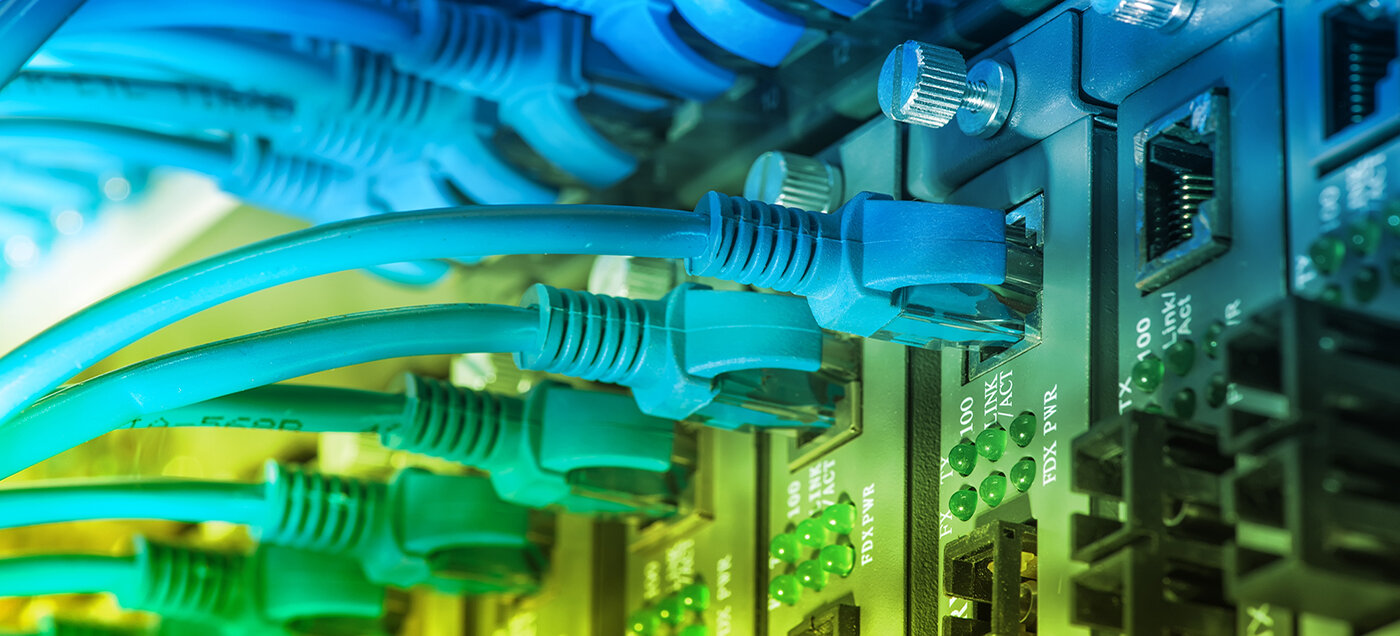
Artificial intelligence (AI) applications are expanding rapidly across industries, with data center sector playing a pivotal role in supporting AI adoption and advancement. To meet soaring demand, the data center industry is set to grow at an extraordinary pace in 2025. Data Center Outlook highlights how AI is driving not only increased demand but also the development of powerful, secure, efficient, and sustainable data center infrastructure.
Data Center Growth Forecast
Hyper scale and colocation segments are seeing development. Based on current pace of construction and planned projects, data center market is projected to grow at a baseline compound annual growth rate (CAGR) of 15% through 2027, potentially reaching 20%. However, rapid expansion presents challenges, including demand surpassing supply and electricity constraints in certain regions. At the same time, emerging technologies offer new opportunities for sustainable practices.
“The pace of AI innovation is not slowing, and the data center industry continues to adapt,” as per JLL. “AI’s transformative power demands have reshaped our world, but its most significant impact may be in how we address the substantial energy demands required to fuel this madness. The results may fundamentally transform data center design and operations.”
Advanced Technology and Cooling Needs
At the heart of the AI revolution lies rapid progress in semiconductor technology. Over the past few years, GPUs have become significantly more powerful, resulting in higher rack densities ranging from 40 kW to 130 kW per rack, with future GPUs projected to exceed 250 kW per rack.
This increased density presents a critical challenge: managing the heat generated by energy-intensive GPUs. To address this, liquid cooling is becoming the standard for new data center developments, and immersion cooling is expected to become more common as GPUs surpass 150 kW per rack.
Most new data centers are designed to accommodate both AI and traditional workloads. While AI is a major driver of demand, it is estimated to account for less than 50% of total data center demand by 2030. Traditional workloads like data storage and cloud applications will continue to dominate.
“Even though not all data centers will specialize in AI, every facility, new or existing, can benefit from more energy-efficient operations and improved technology integration,” as per Andrew Green of JLL Asia Pacific. “AI is transforming data center management through predictive maintenance, optimizing energy usage, extending equipment lifespans, and reducing downtime.”
Power Challenges and Alternative Energy Solutions
Data center energy demand is forecasted to double over the next five years. While data centers currently account for about 2% of global electricity consumption, other factors, such as increased adoption of electric vehicles, machinery electrification, and rising power use in developing countries, contribute to growing demand.
Power transmission bottlenecks remain a significant issue in key markets where data center developments are clustered. Developers are exploring alternative locations and energy solutions, including natural gas and fuel cells, to address these challenges.
Large-scale nuclear power, particularly small modular reactors (SMRs), are emerging as a promising alternative. SMRs, still in early stages, offer modular, scalable, and carbon-neutral energy. Although widespread deployment may not occur until 2035, announcements regarding SMR development are expected to increase this year.
Financing and Investment Trends
Investor interest in data centers will remain strong through 2025, driven by demand for computing power, low supply, attractive returns, and the growing excitement around AI. Anticipate another record year for data center financing, with global trading volume expected to see moderate growth.
Data center activity has surged in recent years, with demand largely focused on single-tenant ground-up construction. In 2025, we expect significant opportunities for core investors to recapitalize single-tenant data centers. While mergers and acquisitions may slow, joint ventures are expected to increase, particularly in developing regions where local partnerships can help navigate political, regulatory, and business complexities.
Outlook for the Future
Despite challenges such as supply constraints and power limitations in some regions, the outlook for the data center industry remains highly positive. Driven by AI adoption, increasing data processing needs, and technological advancements, the sector is poised for sustained growth and innovation.
Ref. JLL Reports and Worldpropertyjournal.com
